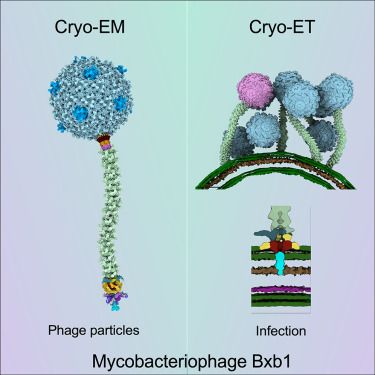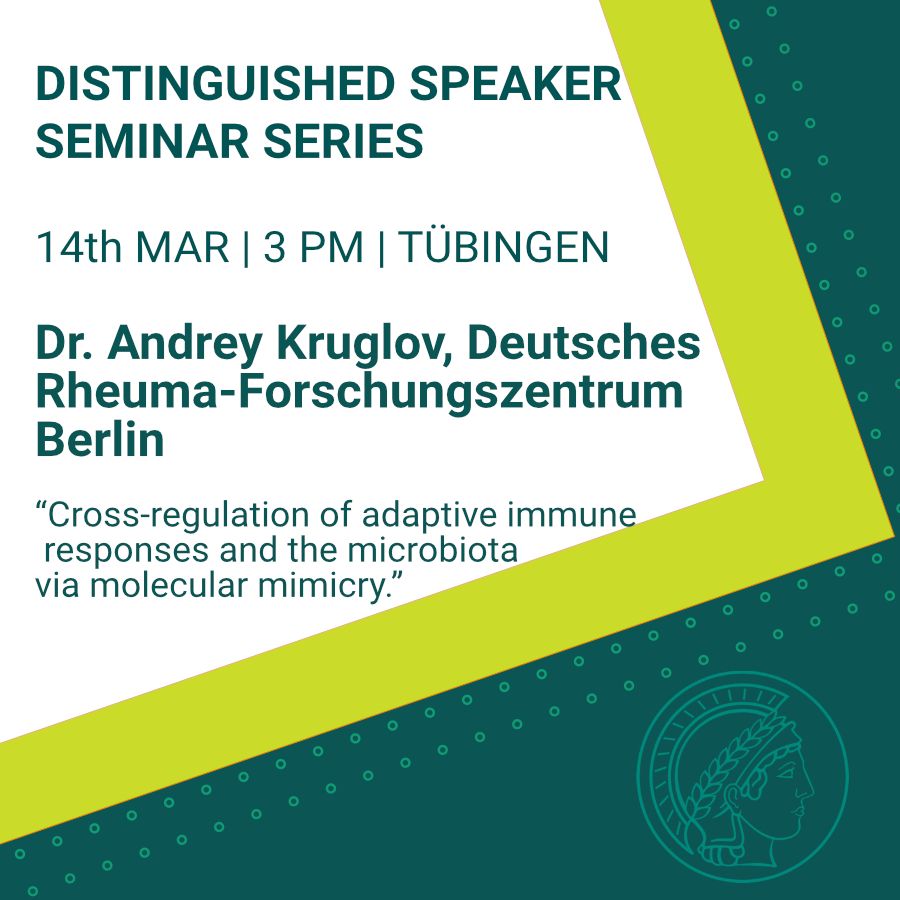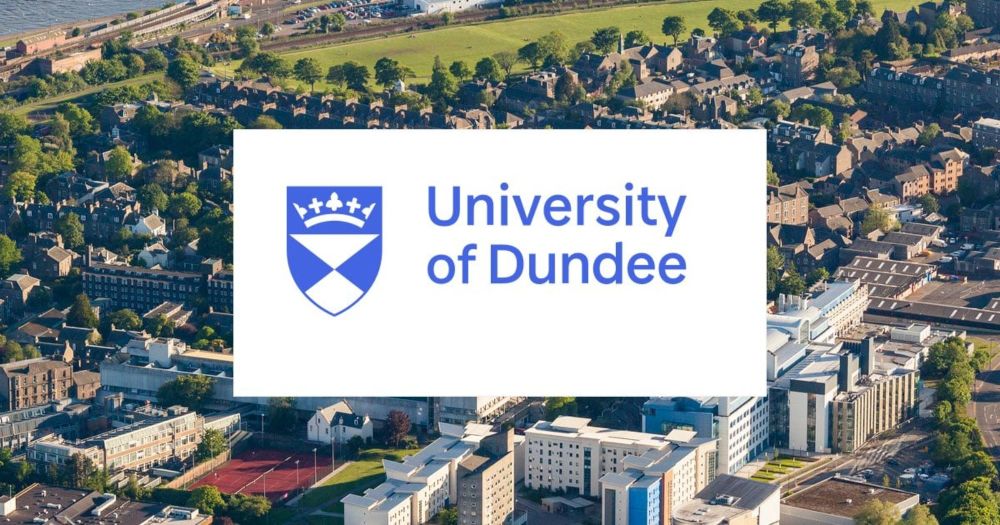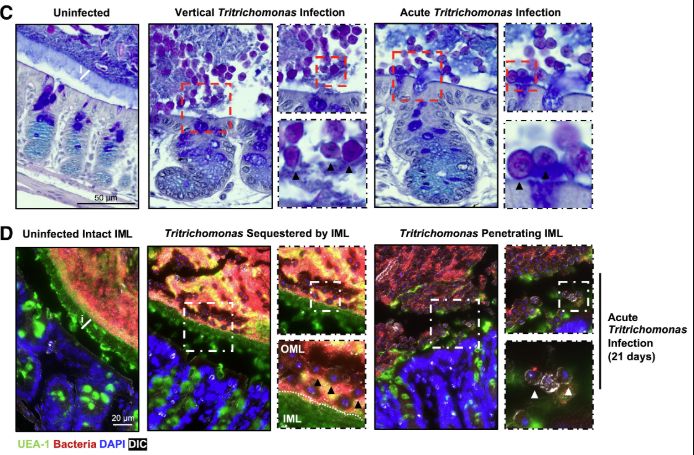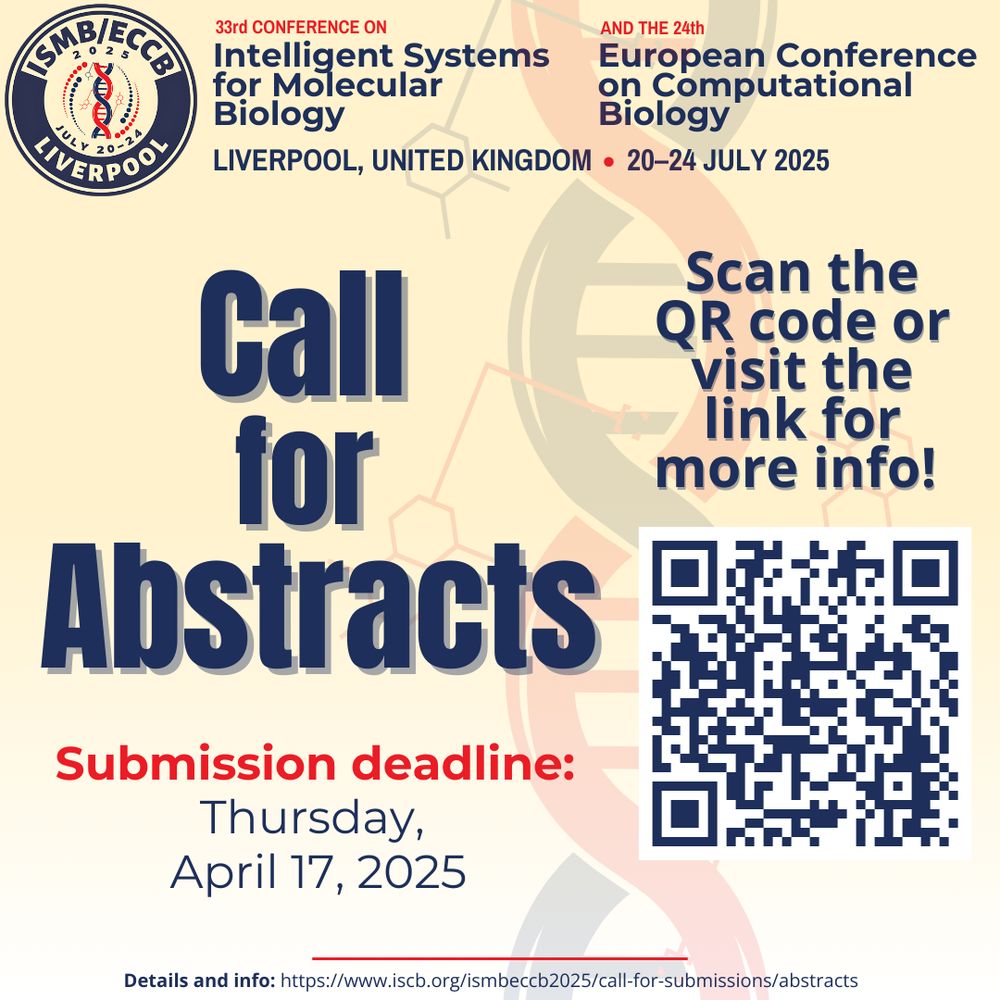Alexander Tyakht
@atyakht.bsky.social
100 followers
130 following
5 posts
Bioinformatics Group Leader - Department of Microbiome Science www.leylab.com - Max-Planck Institute for Biology, Tübingen
Big data, tiny microbes, endless questions. Let’s dive in 🌀
Posts
Media
Videos
Starter Packs
Reposted by Alexander Tyakht
Nature
@nature.com
· Aug 15

Elementary 3D organization of active and silenced E. coli genome - Nature
An ultra-high-resolution chromatin organization map of E. coli, using Micro-C, reveals intricate chromatin structures involved in the silencing of horizontally transferred genes and those associated with active operons.
go.nature.com
Alexander Tyakht
@atyakht.bsky.social
· Jul 7
Human gut flagellome profiling using FlaPro reveals TLR5-related phenotype-specific alterations in IBD
Flagellin is the protein monomer of the bacterial flagellum, which confers motility, allowing bacteria to reach their favored niches. Flagellin is highly conserved across bacterial species and thus the target of the innate immune receptor Toll-like receptor 5 (TLR5). In the gut, bacterial flagellin agonizes human TLR5, triggering a pro-inflammatory response. However, the ability to bind and activate TLR5 varies considerably between different flagellins, suggesting that the composition of an individual's flagellin repertoire - the flagellome - may mediate the inflammatory response to the microbiome, with relevance to inflammatory bowel diseases. However, to date, methods to assess the inflammatory potential of a flagellome are lacking. To address this gap, we constructed a curated database of human gut flagellins. To predict the inflammatory potential of the flagellome by sorting flagellins into either "stimulatory" (strong TLR5 agonists) or "silent" (weak TLR5 agonists), we trained a machine learning model on experimentally characterized flagellins with known binding and stimulatory activities. The FlaPro pipeline was implemented using the Snakemake workflow engine for high-throughput analysis and is available at https://github.com/leylabmpi/FlaPro. To validate our approach and explore clinical associations, we applied FlaPro to a publicly available multi-omics dataset from an inflammatory bowel disease (IBD) cohort. Our analysis demonstrates that FlaPro enables robust profiling of the human gut flagellome from metagenomic and metatranscriptomic data. Analysis of the IBD datasets revealed a depletion of flagellome diversity and a reduced silent-to-stimulatory flagellin abundance ratio in Crohn's disease and ulcerative colitis, observed at both the genomic and transcriptional levels. Multiple condition-specific alterations were identified at the level of individual flagellin clusters. These findings indicate that IBD is associated with distinct alterations in the gut flagellome, particularly in relation to TLR5 recognition. Flagellome features represent a functionally interpretable class of microbiome-derived markers with potential utility in microbiome-wide association studies in the context of human health and disease. ### Competing Interest Statement The authors have declared no competing interest. Max Planck Society and the European Research Council (ERC) under the European Unions Horizon 2020 research and innovation programme Grant agreement
www.biorxiv.org
Alexander Tyakht
@atyakht.bsky.social
· Apr 25
Reposted by Alexander Tyakht
Reposted by Alexander Tyakht
Reposted by Alexander Tyakht
Reposted by Alexander Tyakht
Reposted by Alexander Tyakht
Alexander Tyakht
@atyakht.bsky.social
· Jan 27
RuthLeyMicro
@microbiome.bsky.social
· Jan 25

Infection with gut parasites correlates with gut microbiome diversity across human populations in Africa
Soil-transmitted helminths (STH) are common in (sub)tropical regions and primarily affect impoverished populations. STHs reside in the gut, interacting both with the gut microbiota and host immunity. ...
www.biorxiv.org
Alexander Tyakht
@atyakht.bsky.social
· Jan 25
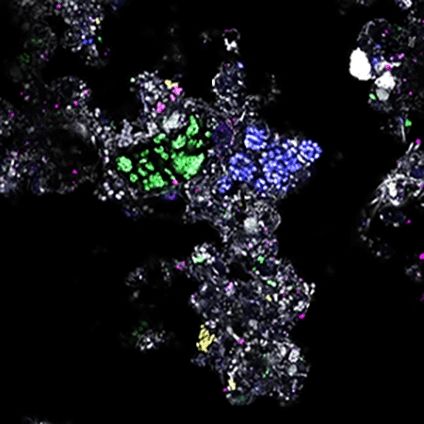
Approximation of a Microbiome Composition Shift by a Change in a Single Balance Between Two Groups of Taxa | mSystems
The method proposed here extends the range of compositional methods providing interpretation
of classical statistical tools applied to data converted to the ILR coordinates. It
provides a strictly opt...
journals.asm.org
Reposted by Alexander Tyakht
Alexander Tyakht
@atyakht.bsky.social
· Jan 24


